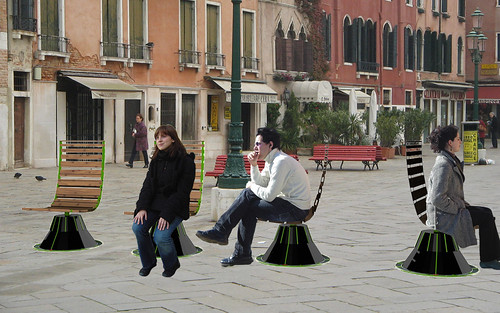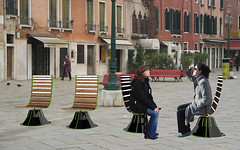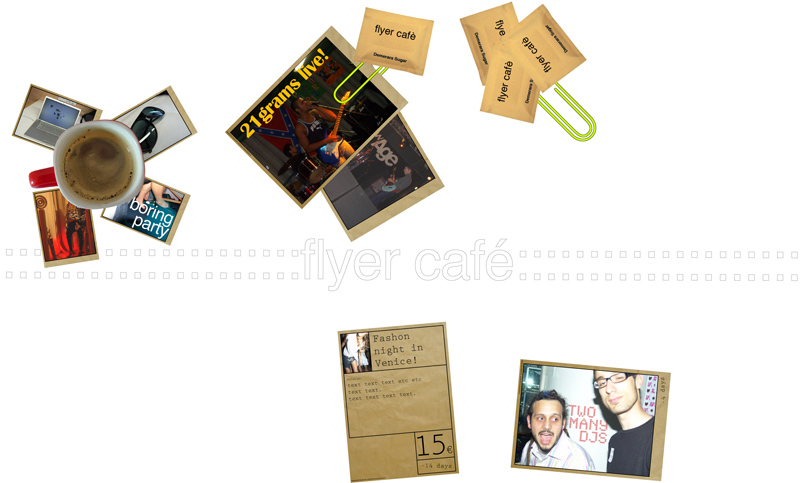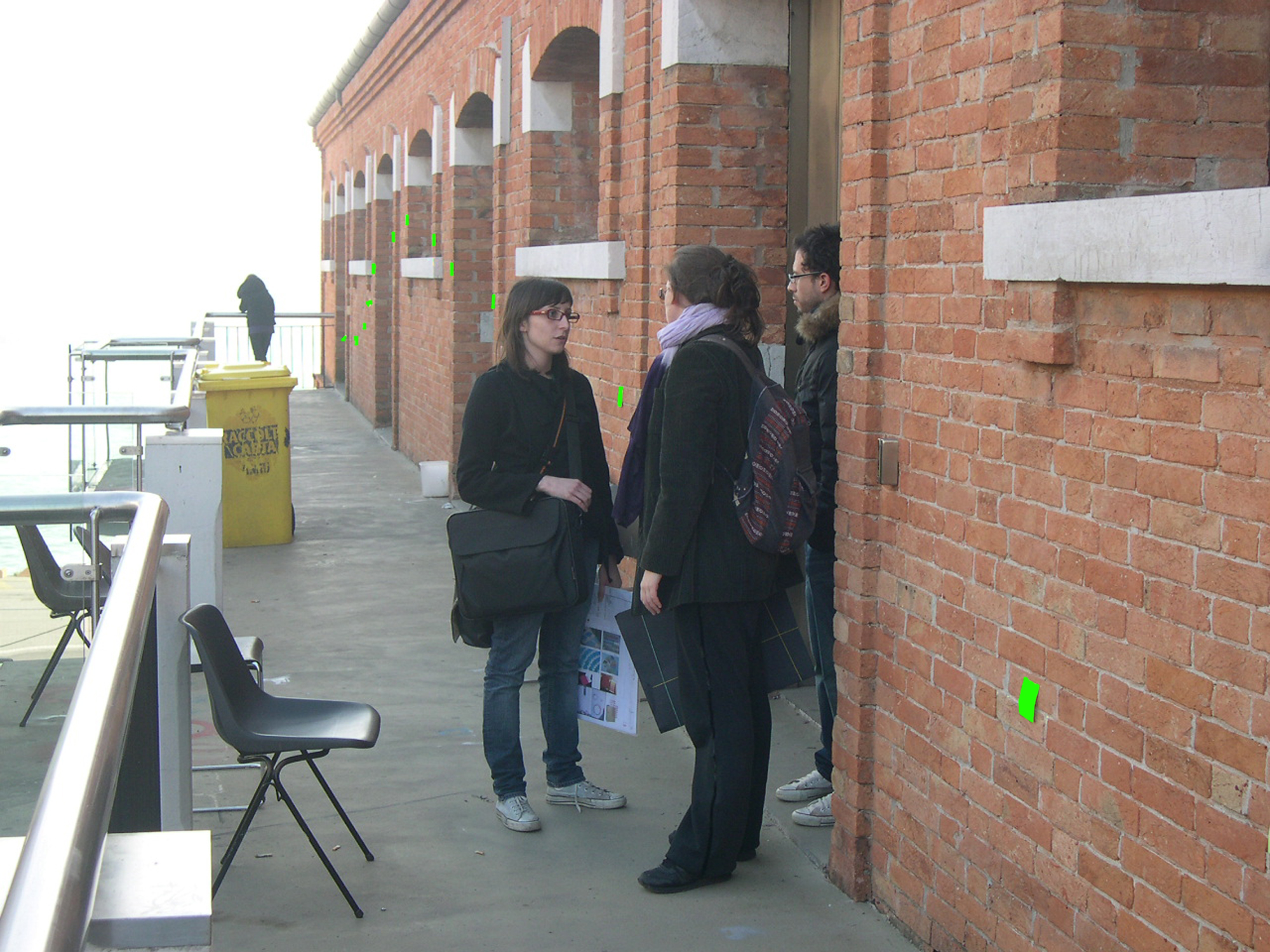1.PROJECT NAME
Talking bench

2.AIMS
a. Who is it for?
Talking bench is an informative bench for tourists.
In many case foregners come just for few days in Venice and have problems to orient themselves and to exactly know what they are watching (maybe they passing in front of a famous building but they don’t notice it).
This bench tries to gives useful information to orient people giving also history pills about where these people are.
b.What information does it give?
First it tells the name of the square where you are. After it starts giving information about the buildings near the bench and their history according to what you are watching.
c. Where is it?
Campo S. Stefano in Venice. This square is a passing place for a lot of tourists and offers different kind of possible information to tell (DIRECTIONS - Rialto, S.Marco, Accademia- FAMOUS BUILDINGS- Palazzo Pisani, Loredan, Chiesa di S.Stefano, Chiesa di S.Vidal…-).
3.EXPERIENCE
a. What happens?
The system gives audio recordings dealing with the square starting to the name of the pace, to names of buildings arriving to curiosities. It tells things according to the gaze of the viewer. In fact the bench can turns on itself and its motion allow people to see different buildings and in relation to what you are seeing the seating gives you the name and history of this particular place in that very moment you are watching it.
When the tourist sit on the bench it recognizes the nationality of him/her from a trasponder card programmed with this information. The card is gaven to tourists at their arriving in Venice.The device can now set the audio with the right language.After it starts to tell the name of the square and take the position in witch the bench stay.According to the angle covered by the bench it chooses the audio and play it.On the floor is putted a circular carpet divided into section corresponding to the different audio areas.Between two audio areas there is a silent area where people that don’t want to listen the audio can stay.People movements on the bench can also change the volume.
When the tourist is in the middle of an audio area the volume is at maximum but it decrease moving far away the center and slowly it fades out near the next audio area to give the feeling of the audio that is changing.
b. Emotional tone
Tourists can use the bench in their relaxing moments of their travelling day.
Bench’s sounds create an atmosphere that involve people into the history of the square giving a nice and unexpected experience of the place where they are.
At least the bench can be also a place where socialize. Each person can face the others and this could be a starting point for socialization.
4.IMPLEMENTATION
a. What are system inputs and outputs?
System’s inputs are basically the pressure maden when you sit down on the bench, person movements and the information contained in the transponder card.
Audiomessages, their changing and the volume increasing and decreasing are the outputs.
There’s also a fisical feedback given by the carpet on the floor that communicates to you through a bumb the audio that changes.
b. What hardware and software are needed in real life and witch ones in the prototype?
The system includes transponder card, a potentiometer to pick up the position angle, and speakers.
The final prototype will be a real chair in 1:1 scale with the carpet and the seating’s base, maden by us.
It will requires just the potentiometer and speakers.
5.UNRESOLVED ISSUES
One problem is the visual feedback in the bench’s carpet on the floor. Not all audio areas on the carpet take the same space because there are parts full of near buildings and with a lot of information and others empty because without relevant news.
It’s good to have a visual and fisical feedback on the floor but it causes many problems. We decide to cut off some buildings and put just few area without audio (there isn’t one for every pair of audio zones).
Another problem is related with the bench shape that we try to design but maybe could be improved by more expert industrial design students.
The system requires tags (the transponder card) to recognise languages, the diffusion of this cards between tourists maybe could represent a problem at beginning.



